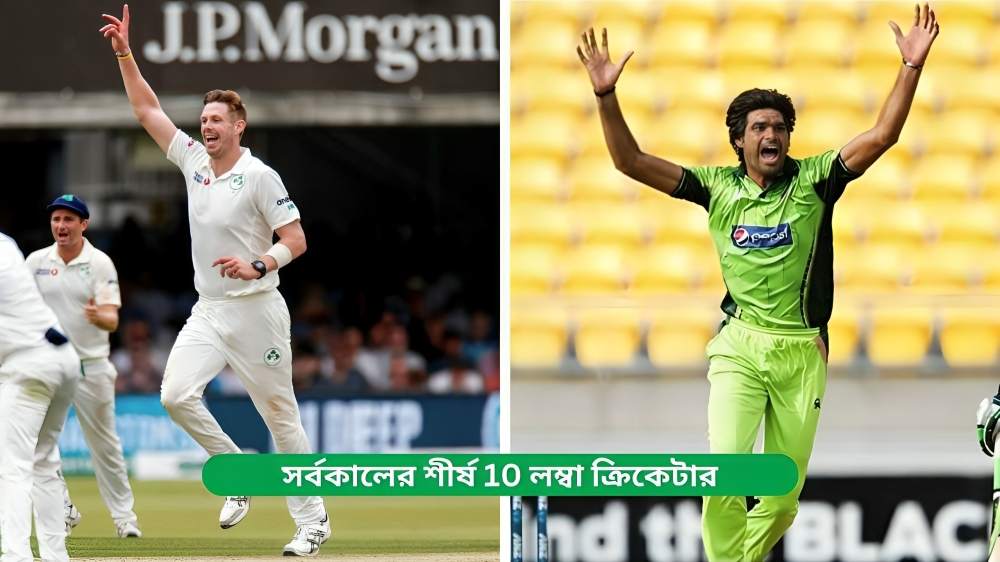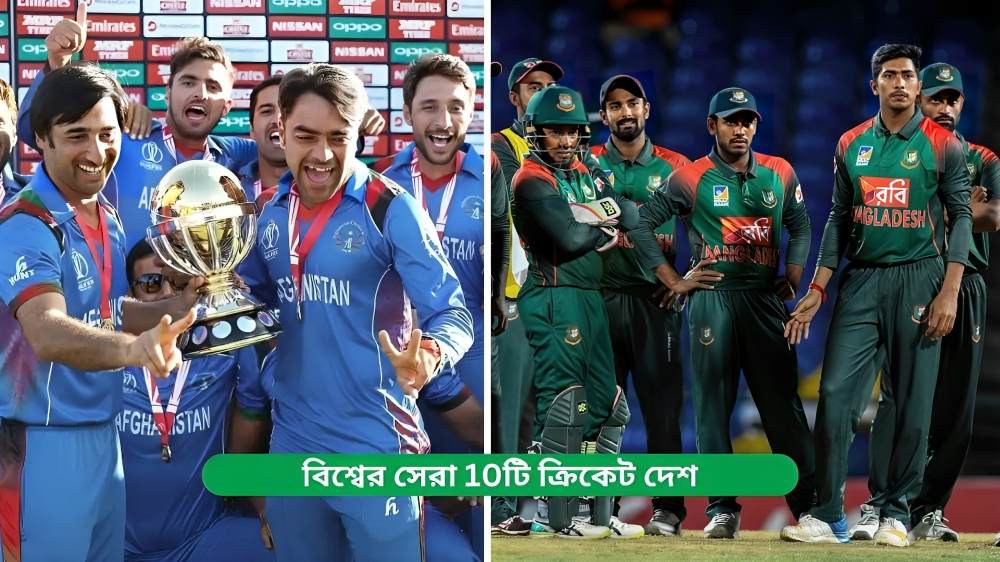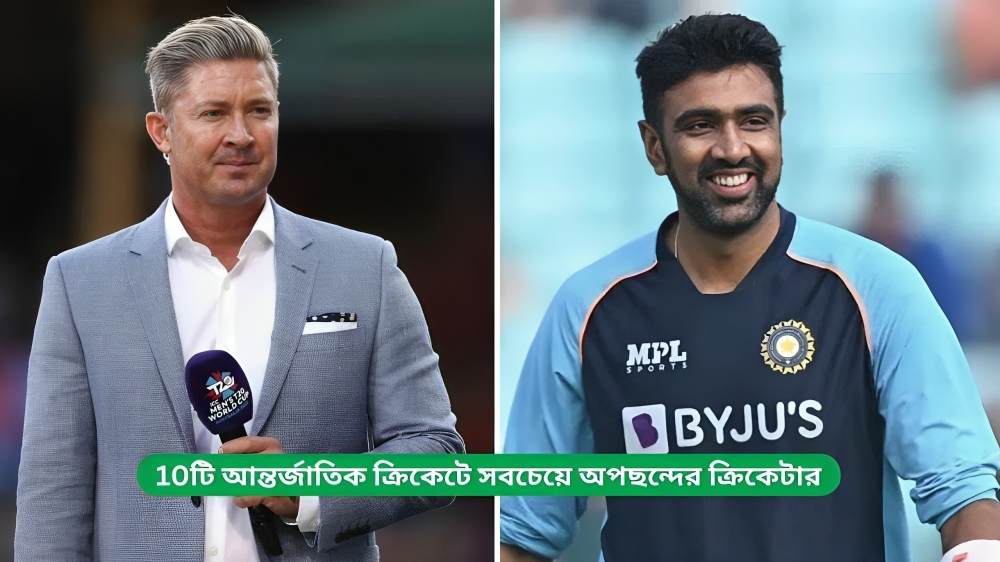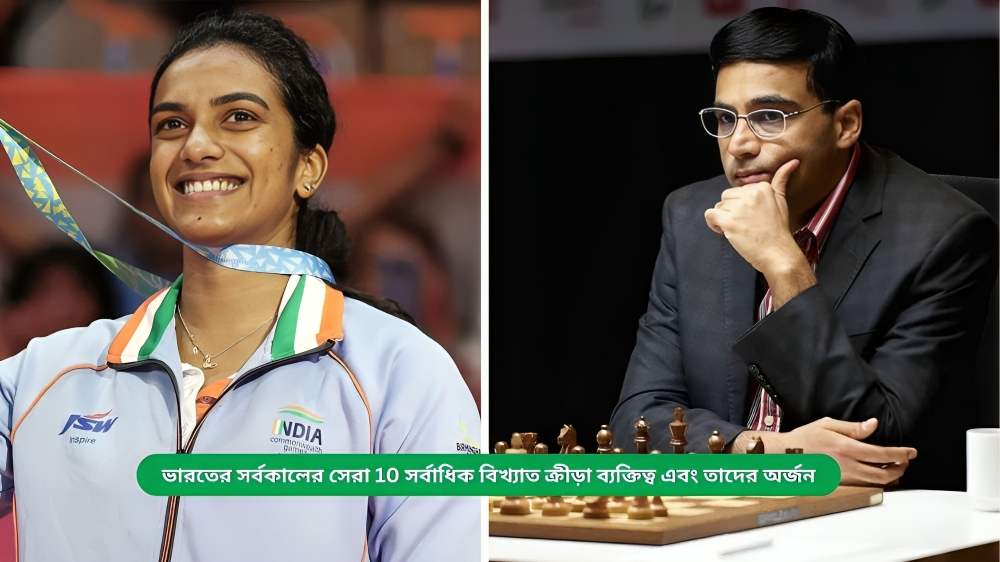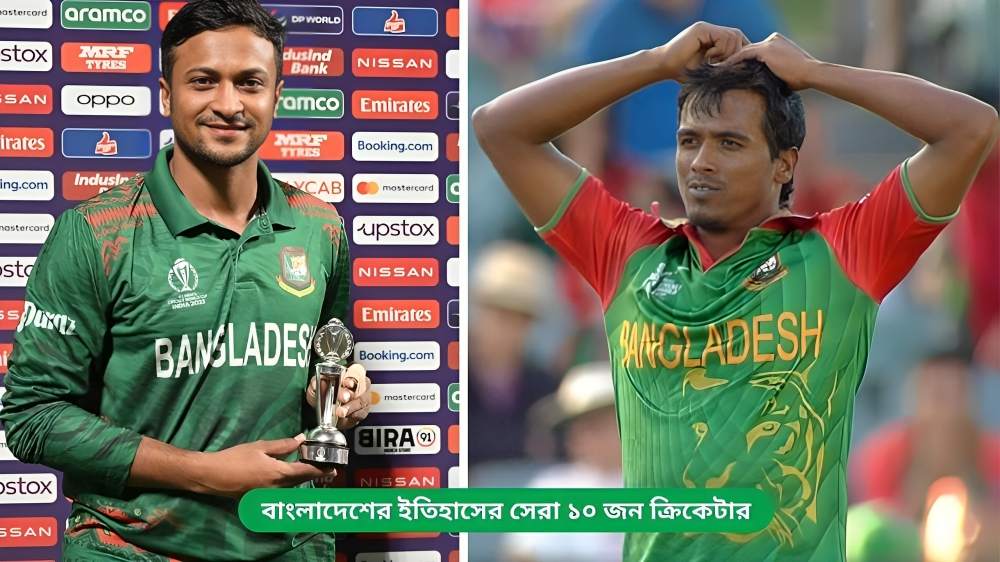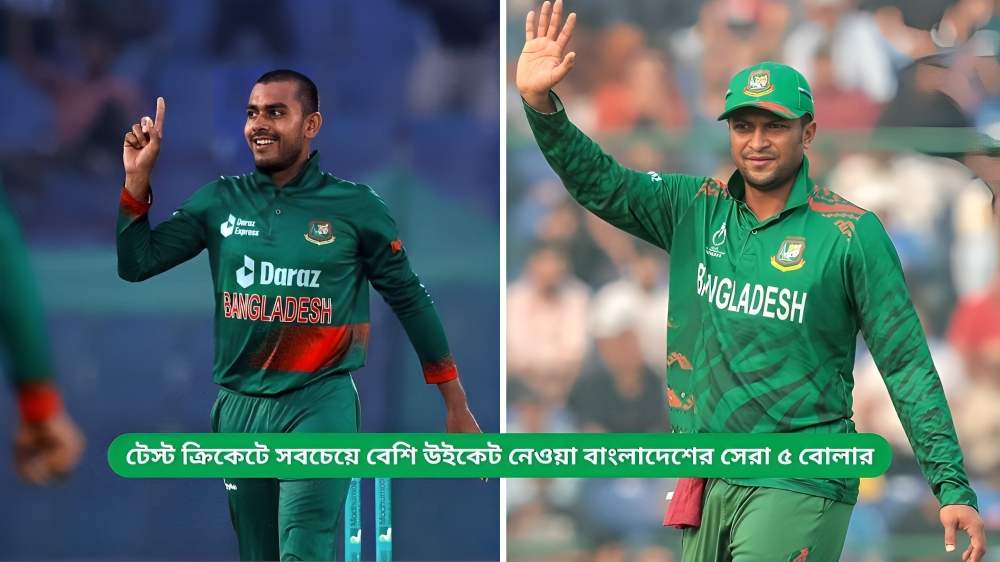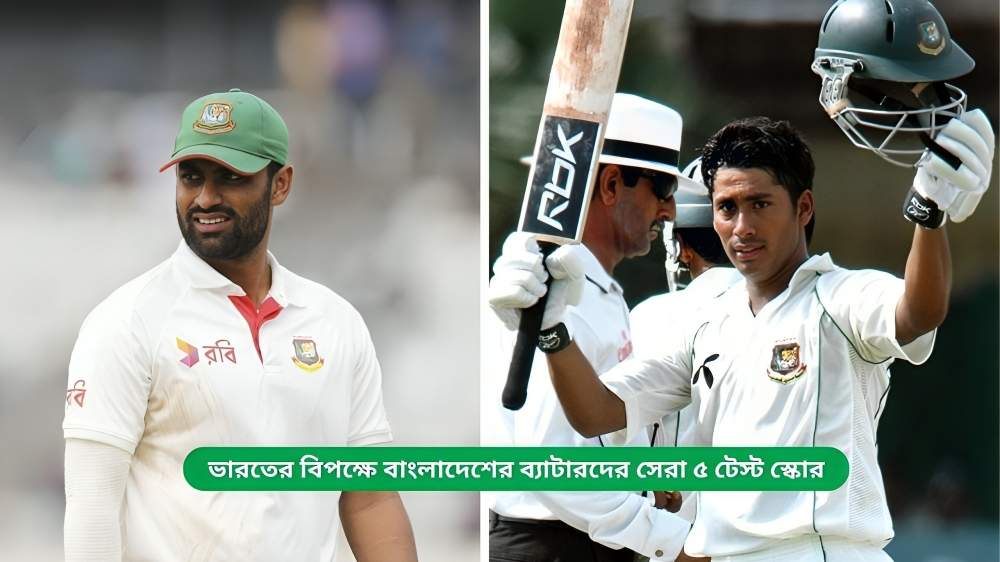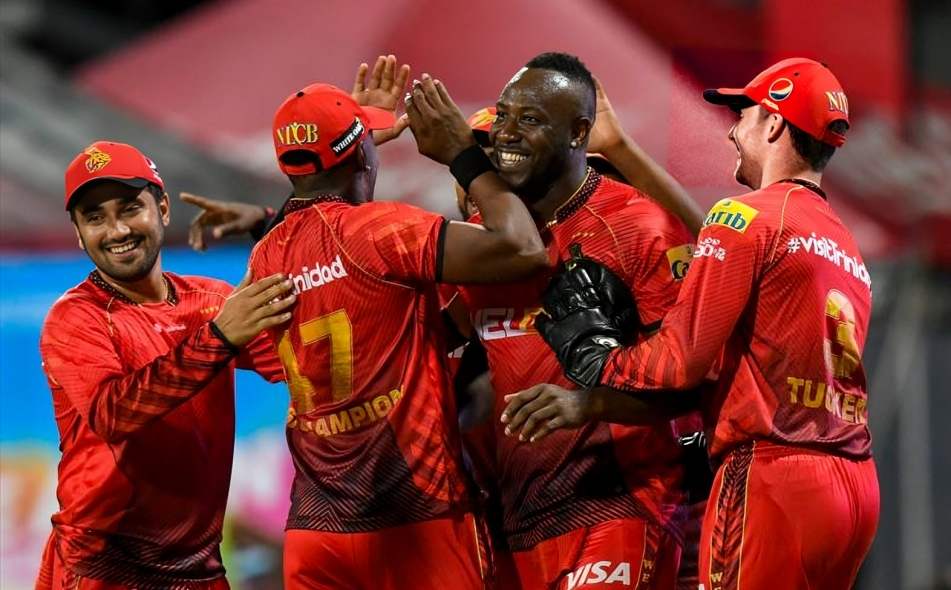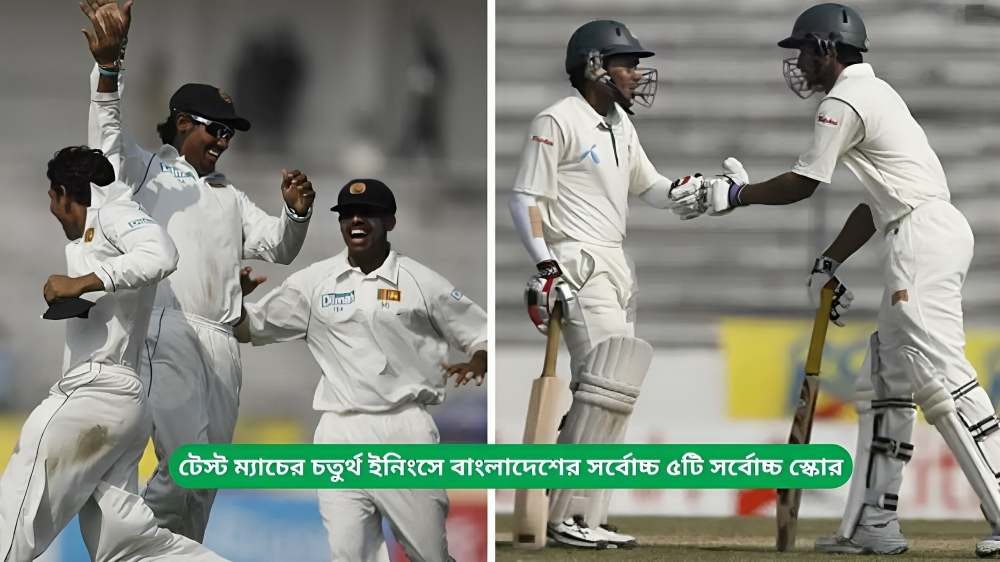World Famous Ball: In cricket, the ball plays a central role, making it one of the most critical components of the game. The world famous cricket ball has a unique design, history, and usage that distinguish it from balls used in other sports. The cricket ball is designed to offer various attributes, including durability, control, and the ability to produce swing, spin, or bounce, which greatly impact the game’s outcome.
This article explores the significance of the cricket ball, its evolution over the years, its various types, and how it is used in different formats of the game.
World Famous Ball: The Anatomy of a Cricket Ball
A cricket ball consists of several distinct parts, each contributing to its performance on the field. The key components include:
| Part of the Ball | Description |
|---|---|
| Core | The center of the ball, usually made of cork, rubber, or a combination of both. It provides the ball with weight and shape. |
| Layers of Winding | Surrounding the core are layers of tightly wound string or yarn, which give the ball its shape and affect its bounce. |
| Leather Cover | The outer covering of the ball, typically made of high-quality leather. The leather is stitched together and provides durability and grip. |
| Stitching | The seam consists of raised stitches on the leather, providing grip for bowlers and enabling swing and spin. |
| Color | Cricket balls are most commonly red, white, or pink. Red balls are used for longer formats like Test cricket, while white and pink balls are used for limited-overs formats. |
The Evolution of the Cricket Ball
The cricket ball has evolved significantly since its inception. Initially, it was a simple ball made from a variety of materials such as wood and stone. However, as the game evolved, so did the design and technology behind the cricket ball.
Historical Evolution of the Cricket Ball
| Era | Material & Features | Description |
|---|---|---|
| Pre-1800s | Wooden and Stone Balls | Early cricket balls were made from materials such as wood or even stones, which were difficult to handle and inconsistent. |
| 1800s | Wool-wound, Leather-Covered Balls | Leather became the primary material for the outer covering, and wool or cork was used for the inner core. Balls started becoming more standardized. |
| Mid-1800s | Cork and Leather Balls | The standard design of the ball, using cork for the core and leather for the outer covering, became more widely accepted. |
| 1900s – Present | Advanced Technology, Modern Manufacturing Techniques | The use of machines and advanced technology improved the consistency and durability of the ball, leading to the high-quality cricket balls used today. |
Types of Cricket Balls
The cricket ball comes in different types, each suited to various formats of the game. The primary distinctions are based on color and the degree of wear over time.
Different Types of Cricket Balls
| Type of Ball | Color | Format of the Game | Characteristics & Usage |
|---|---|---|---|
| Red Ball | Red | Test Cricket (5-day matches) | Known for its ability to swing and provide a significant amount of seam movement. Red balls are used in longer formats where the ball can deteriorate gradually. |
| White Ball | White | One Day Internationals (ODIs) & T20s | The white ball is more visible under lights and is used in limited-overs formats. It tends to lose its shine quicker and does not offer as much swing as the red ball. |
| Pink Ball | Pink | Day-Night Test Matches | A hybrid between the red and white balls, the pink ball was introduced for day-night Test matches. It has a better visibility in lights and can provide more swing than the white ball. |
The Role of the Cricket Ball in Different Formats
The behavior of the cricket ball changes depending on the format of the game being played. Bowlers adapt their techniques to extract the most out of the ball, depending on its condition and the format.
1. Test Cricket (Red Ball)
In Test cricket, the ball is used for longer durations, leading to a lot of wear and tear. The ball typically starts with a shiny appearance, which allows fast bowlers to extract swing. Over time, the ball becomes rougher, offering spin bowlers more grip and control.
- Key Features in Test Cricket:
- Swing and seam movement are crucial.
- The ball’s shine is vital in the initial overs.
- The ball’s wear and tear contribute to spin.
2. One-Day International (White Ball)
The white ball is used in limited-overs formats like One Day Internationals (ODIs). Unlike the red ball, it does not retain its shine for long, which means bowlers often rely more on variations like slower balls, yorkers, and bouncers.
- Key Features in ODIs:
- The ball is typically more prone to being hit for boundaries.
- The white ball tends to swing more initially, but loses its swing as the game progresses.
- The lack of shine means fast bowlers focus more on pace.
3. T20 Cricket (White Ball)
In T20 cricket, the ball is used over a much shorter period. Fast bowlers tend to bowl aggressive yorkers or bouncers, while spinners use flighted deliveries to deceive the batsmen.
- Key Features in T20:
- The ball is at its shiniest during the first few overs.
- The ball is subjected to more aggressive hitting.
- Spin bowlers rely on deception and control over the ball’s spin.
Factors Affecting the Performance of a Cricket Ball
Several factors affect how a cricket ball behaves, including environmental conditions, the condition of the ball, and the type of bowling technique employed.
| Factor | Description |
|---|---|
| Weather Conditions | Humid conditions can enhance swing, while dry and hot conditions can cause the ball to lose its shine quicker. |
| Pitch Conditions | A hard pitch can offer more bounce, while a dry pitch may offer more spin. |
| Ball Condition | The condition of the ball (whether new or worn) influences its movement. A new ball offers more swing, while an old ball offers more turn. |
| Bowling Style | Fast bowlers use the seam and swing, while spinners use the ball’s surface for spin. |
Notable Cricket Balls in History
Over the years, some cricket balls have taken on legendary status due to their involvement in iconic moments or matches. Some examples include:
| Match or Event | Description | Ball Involved |
|---|---|---|
| The 2005 Ashes Series | The famous “In-swinger” bowled by England’s Simon Jones. | The ball, which swung drastically, was instrumental in England’s victory. |
| Sachin Tendulkar’s 200 in ODI* | A well-played innings in an ODI match against South Africa, where the ball was used throughout the game. | The ball witnessed a masterclass of batting, showing its durability. |
| 2019 World Cup Final | England’s historic win, where the ball was used throughout the dramatic match. | The ball’s condition changed throughout the match, affecting the tactics employed by both teams. |
Conclusion
The cricket ball is much more than just a piece of equipment; it is a key player in the game of cricket. From its rich history and evolution to its various types, each cricket ball contributes to the outcome of a match in a distinct way. Understanding the complexities of the ball—its design, behavior, and significance—can enhance our appreciation of the sport and the skill involved in using it.
The cricket ball continues to evolve with advancements in material science and technology, but its fundamental role in shaping the game remains as crucial as ever. Whether it is a fast bowler swinging the ball, a spinner turning it, or a batsman facing it, the world famous cricket ball remains a symbol of the thrilling contest that is cricket.




